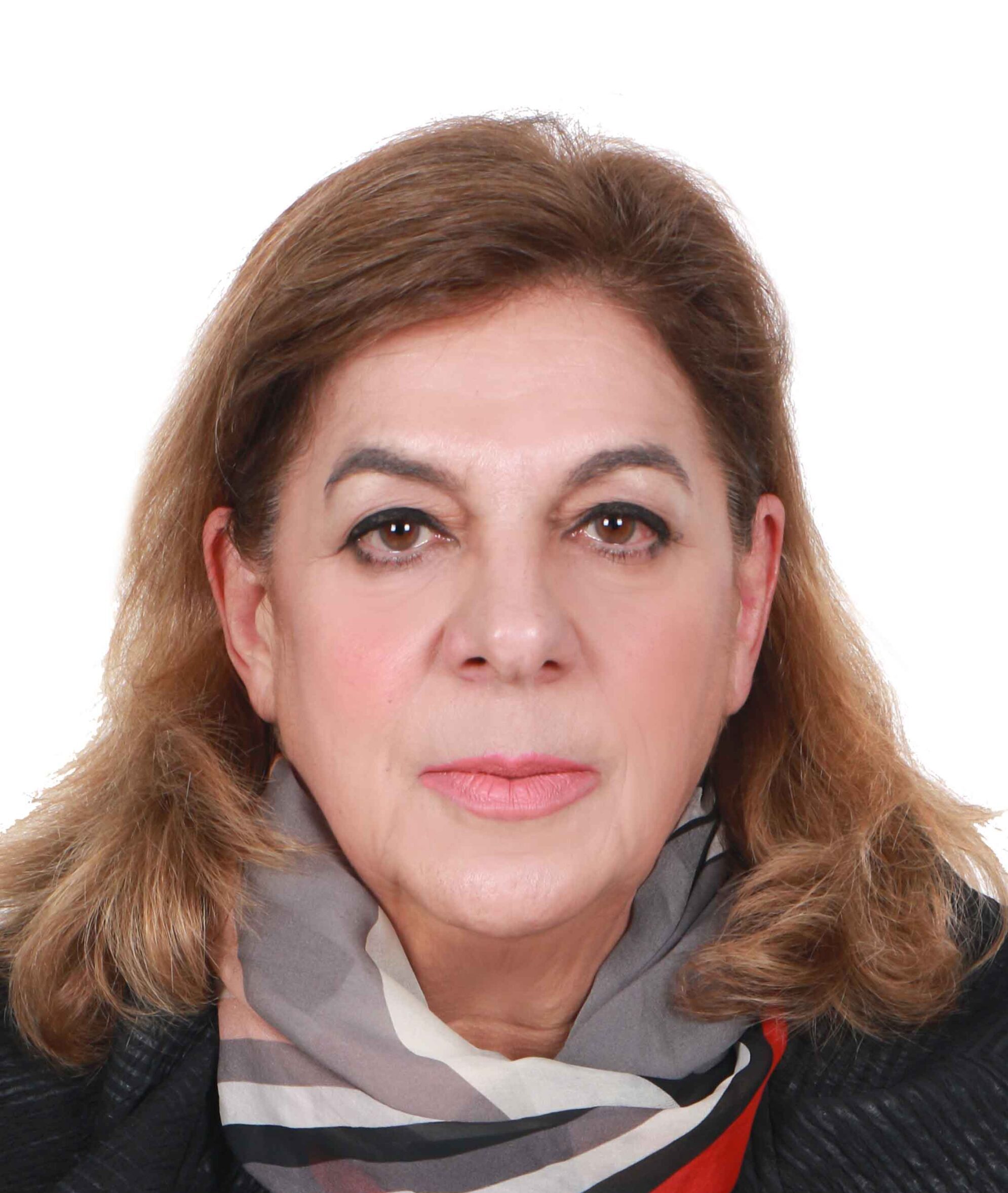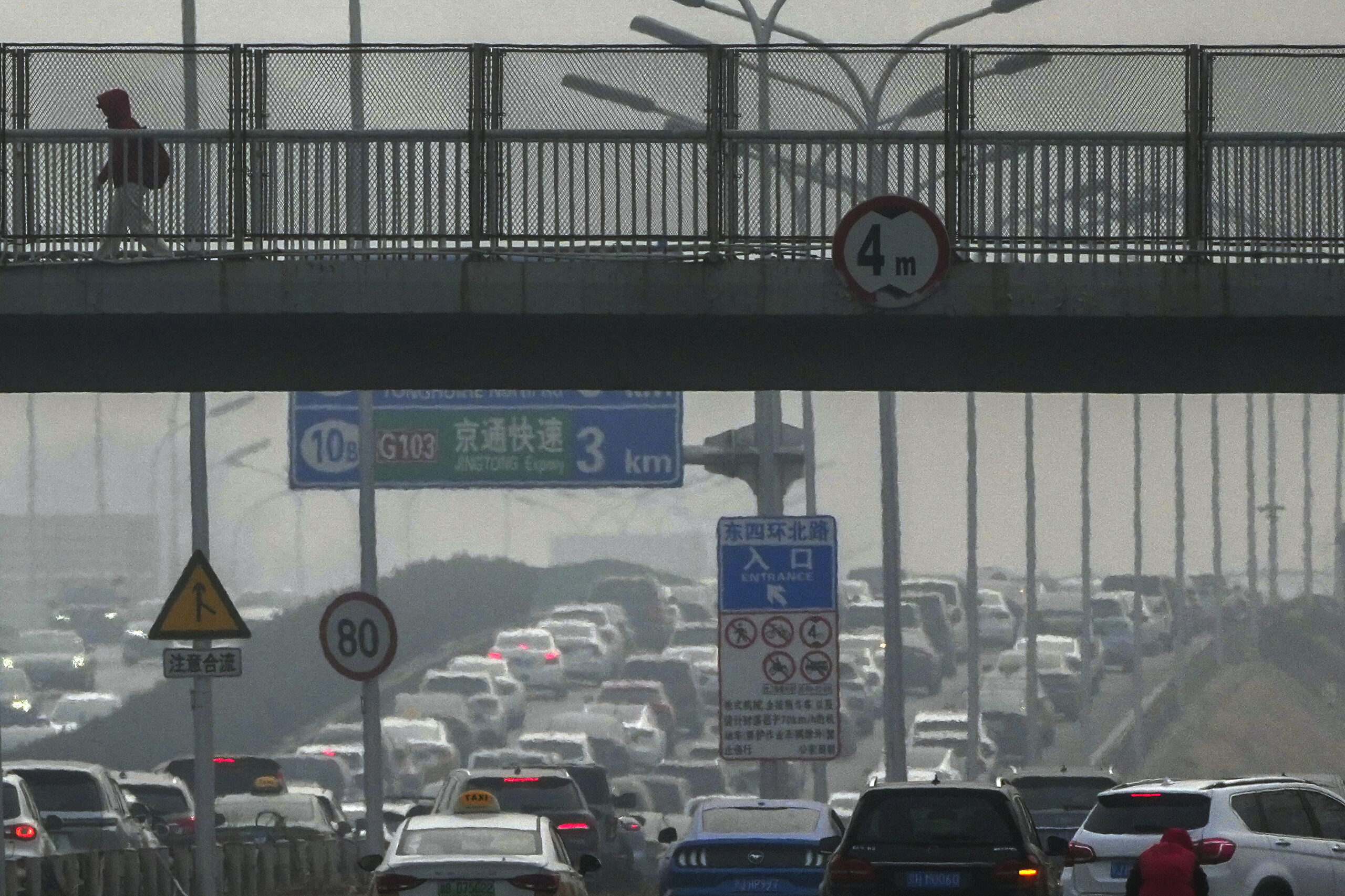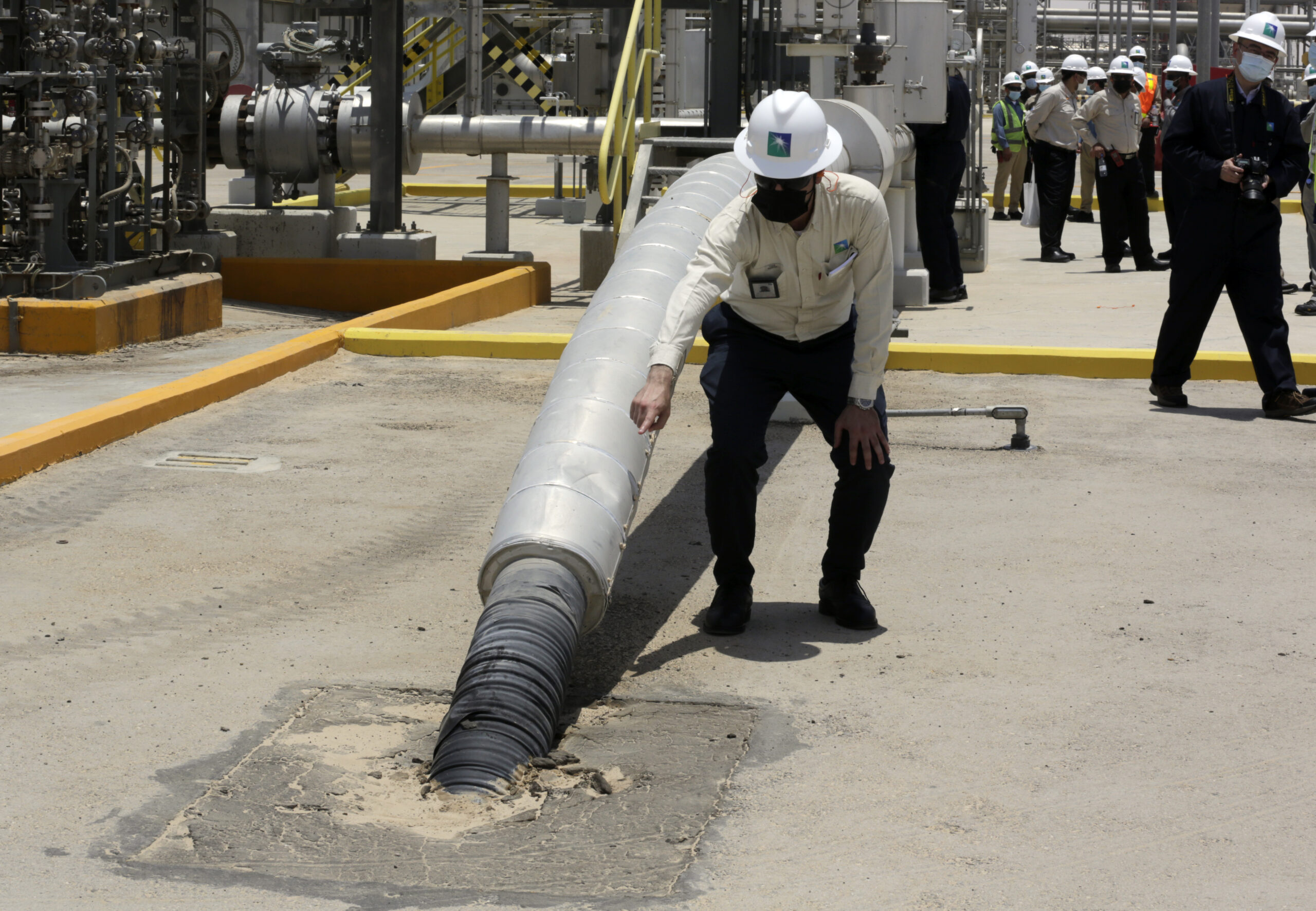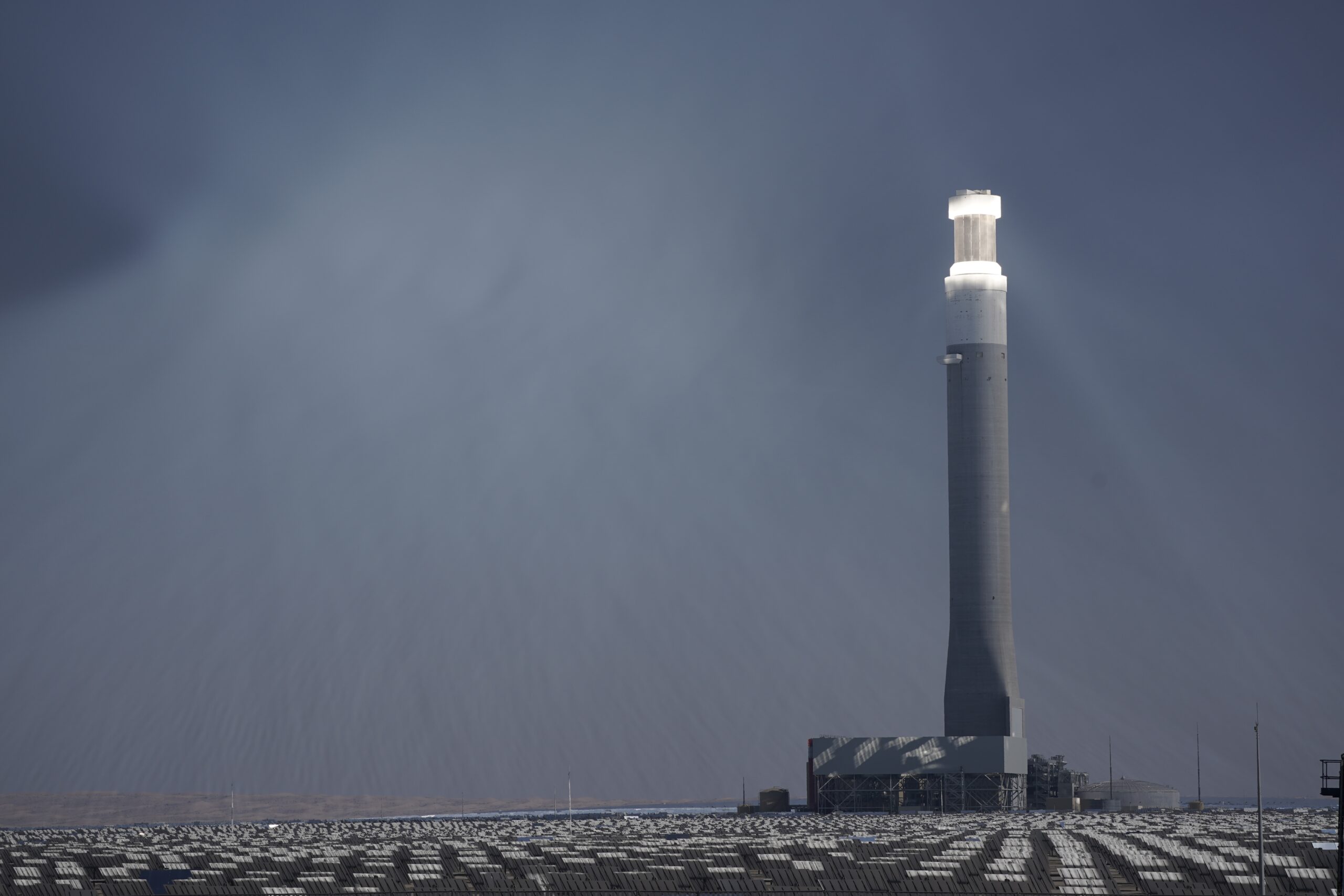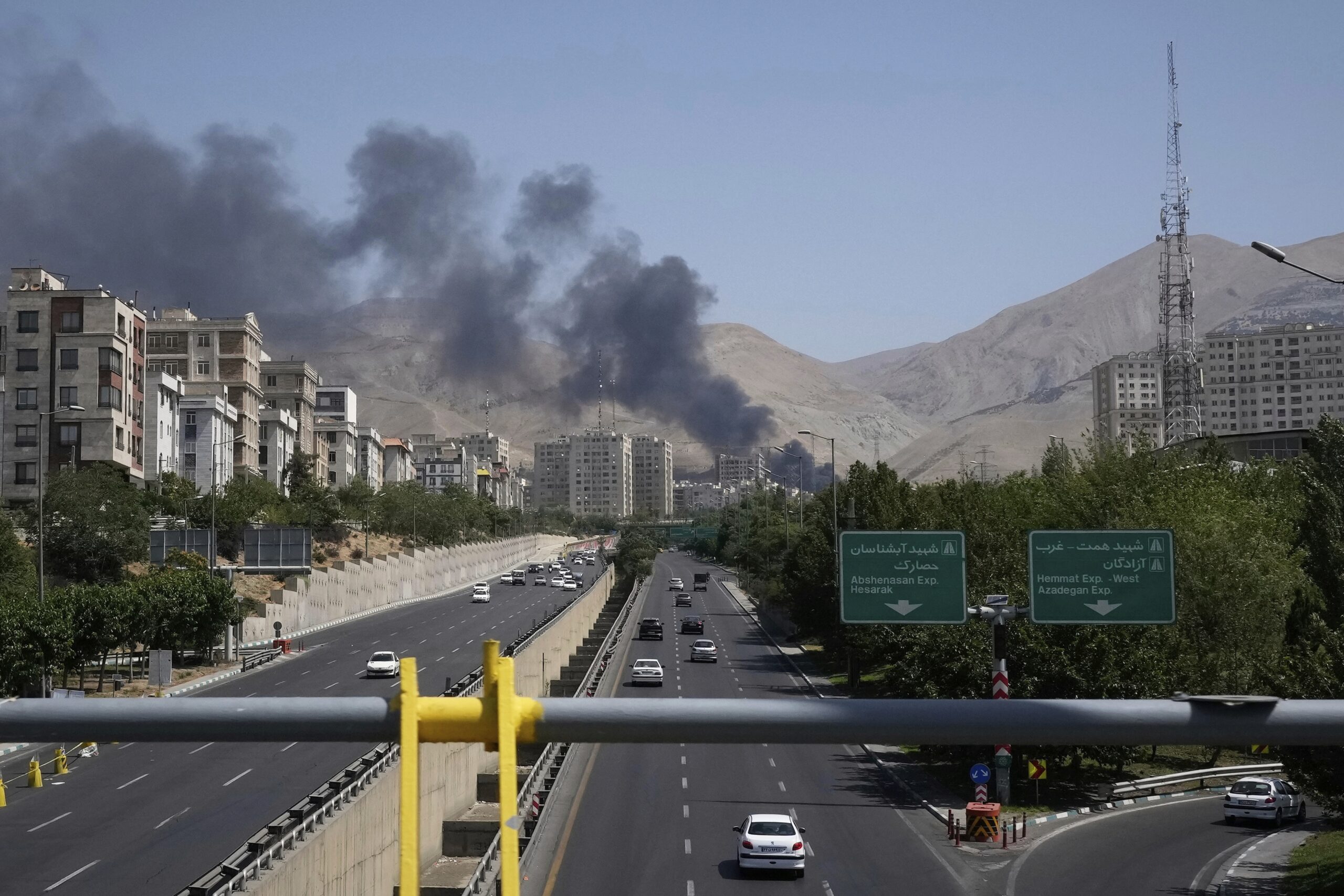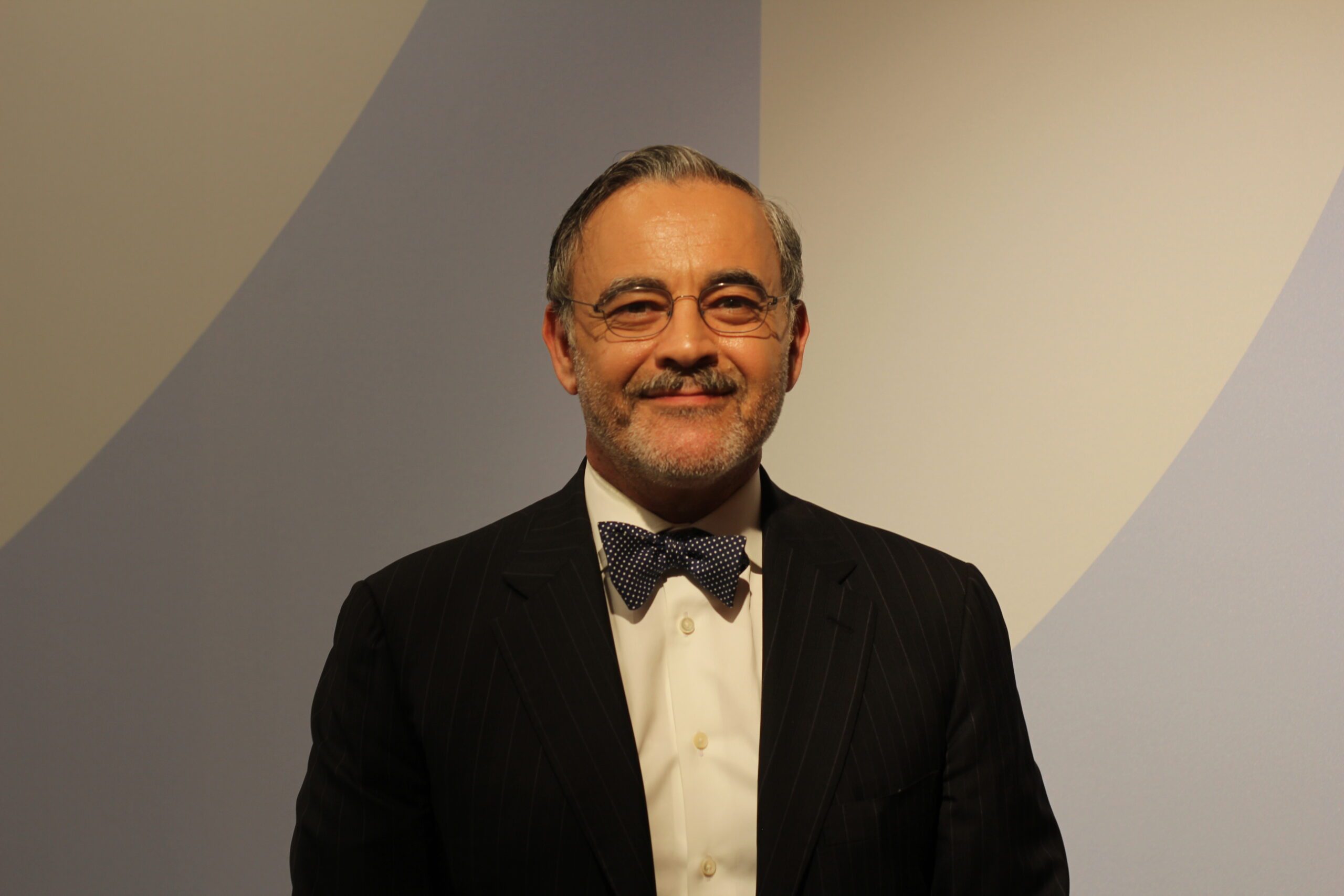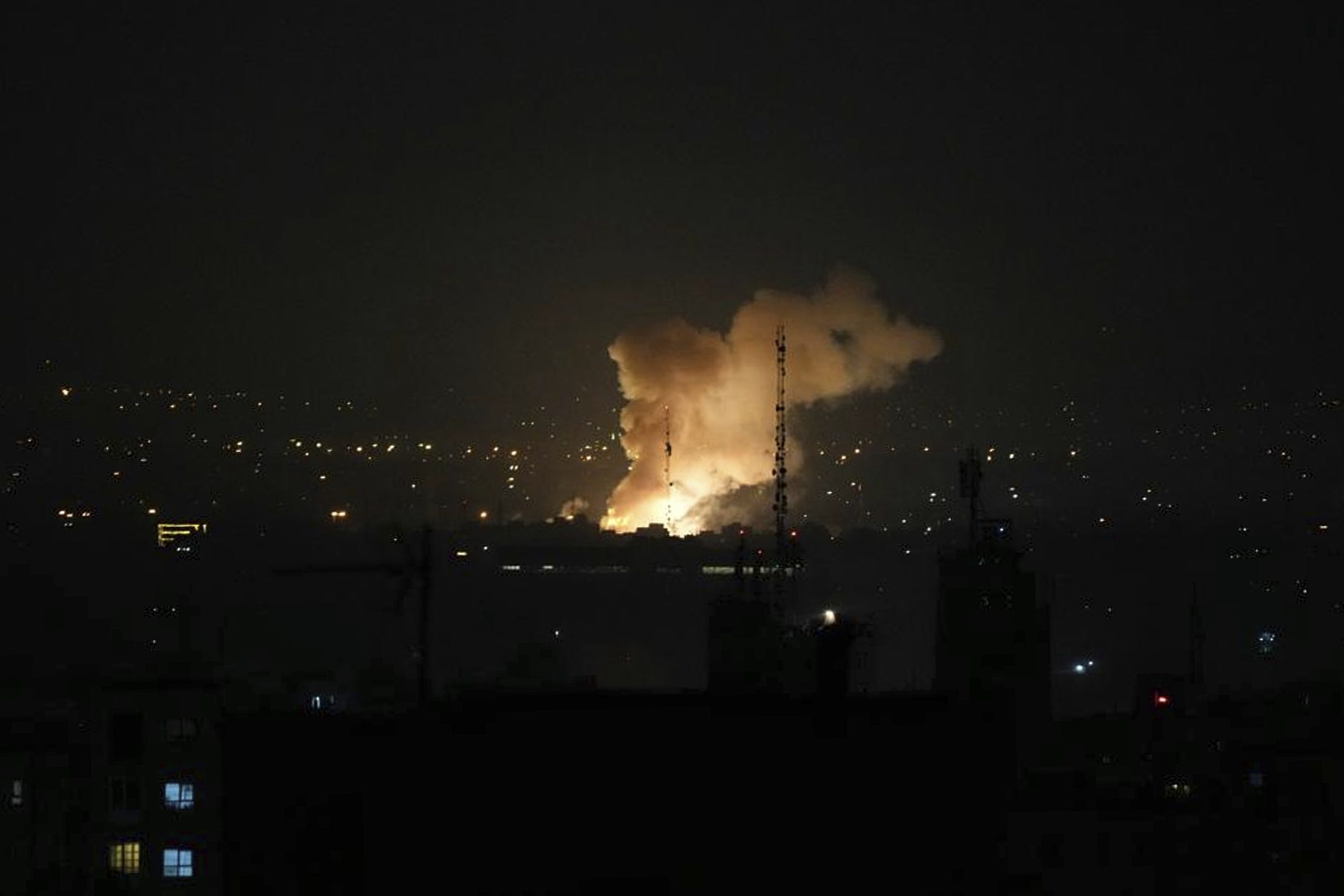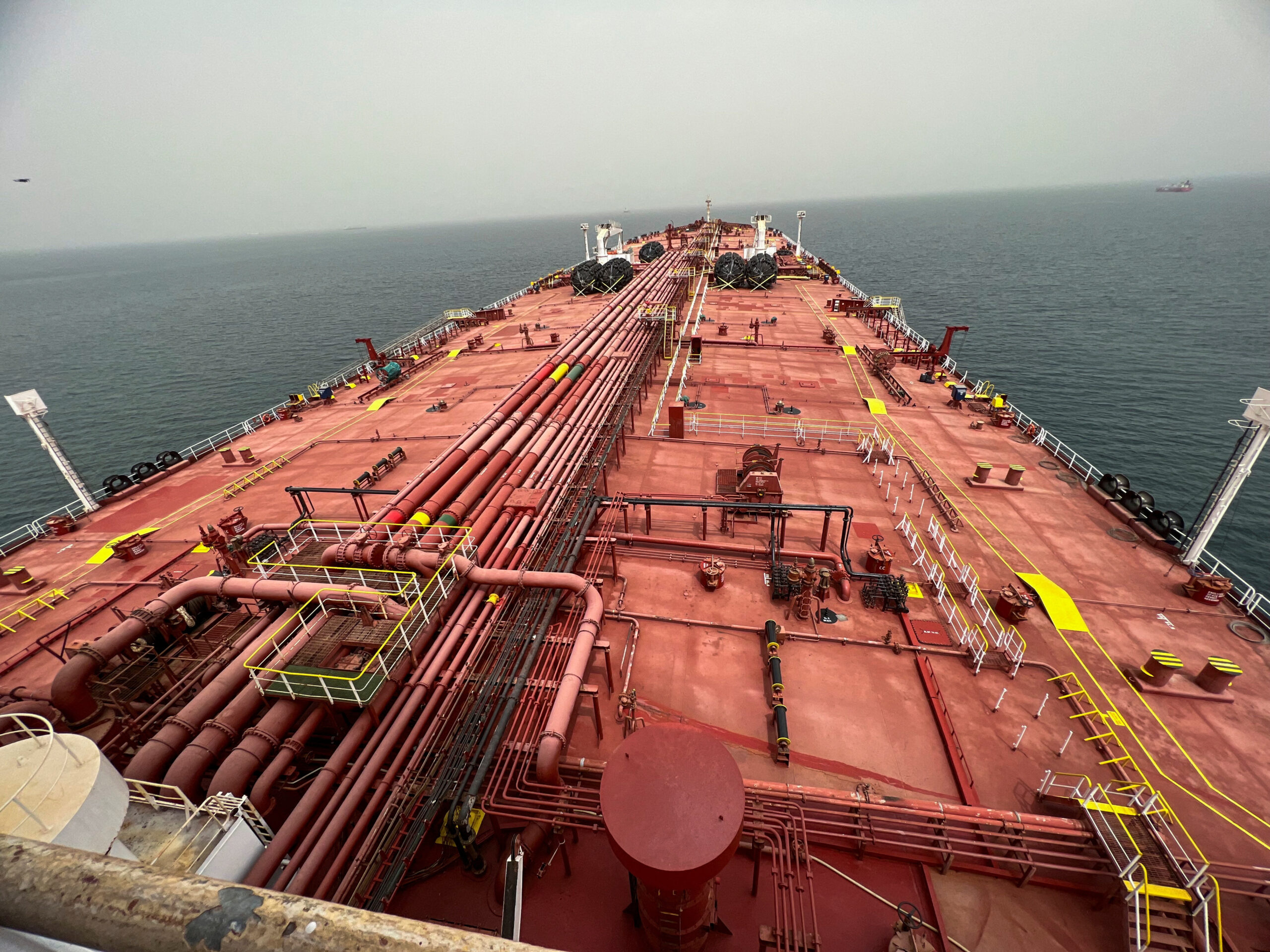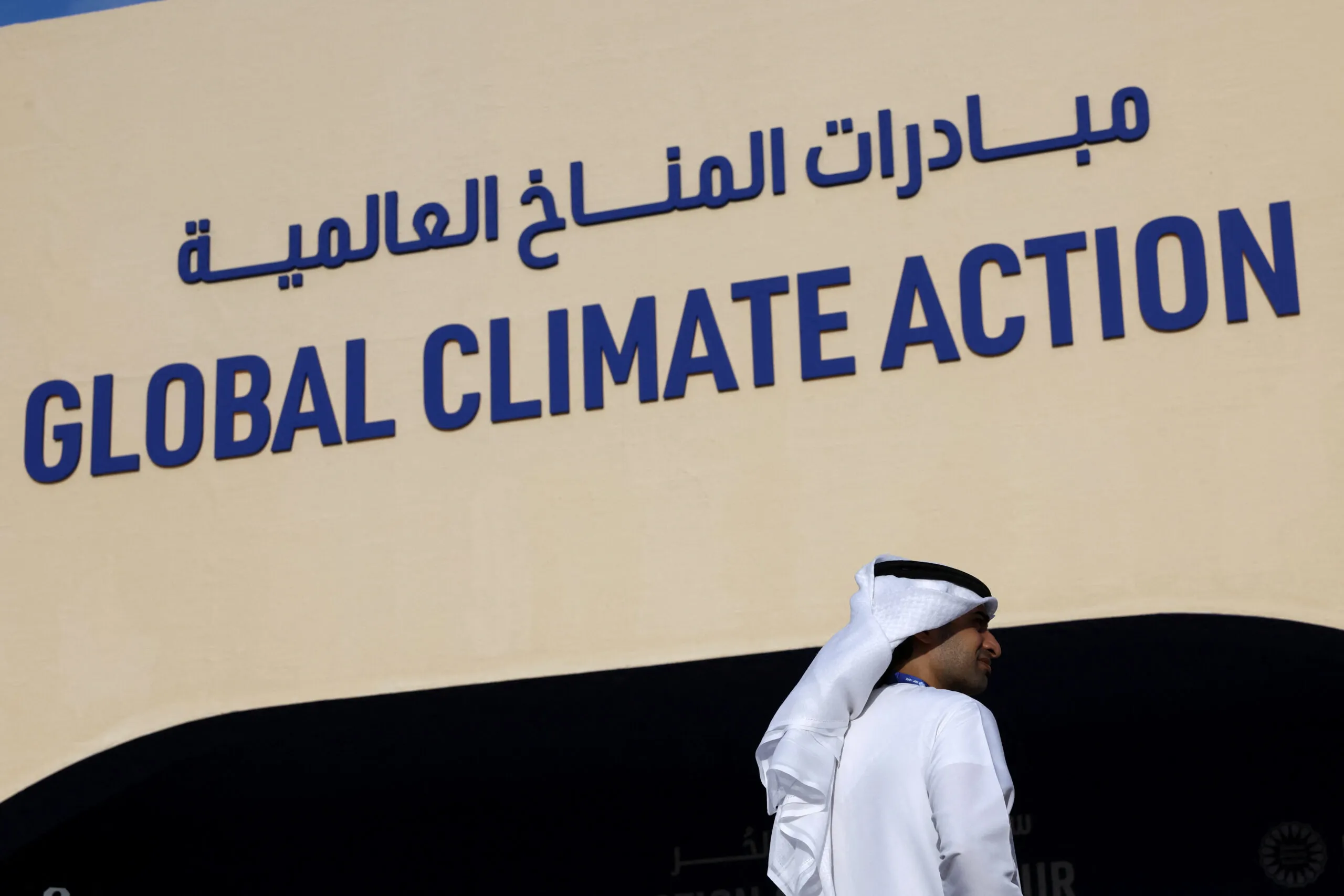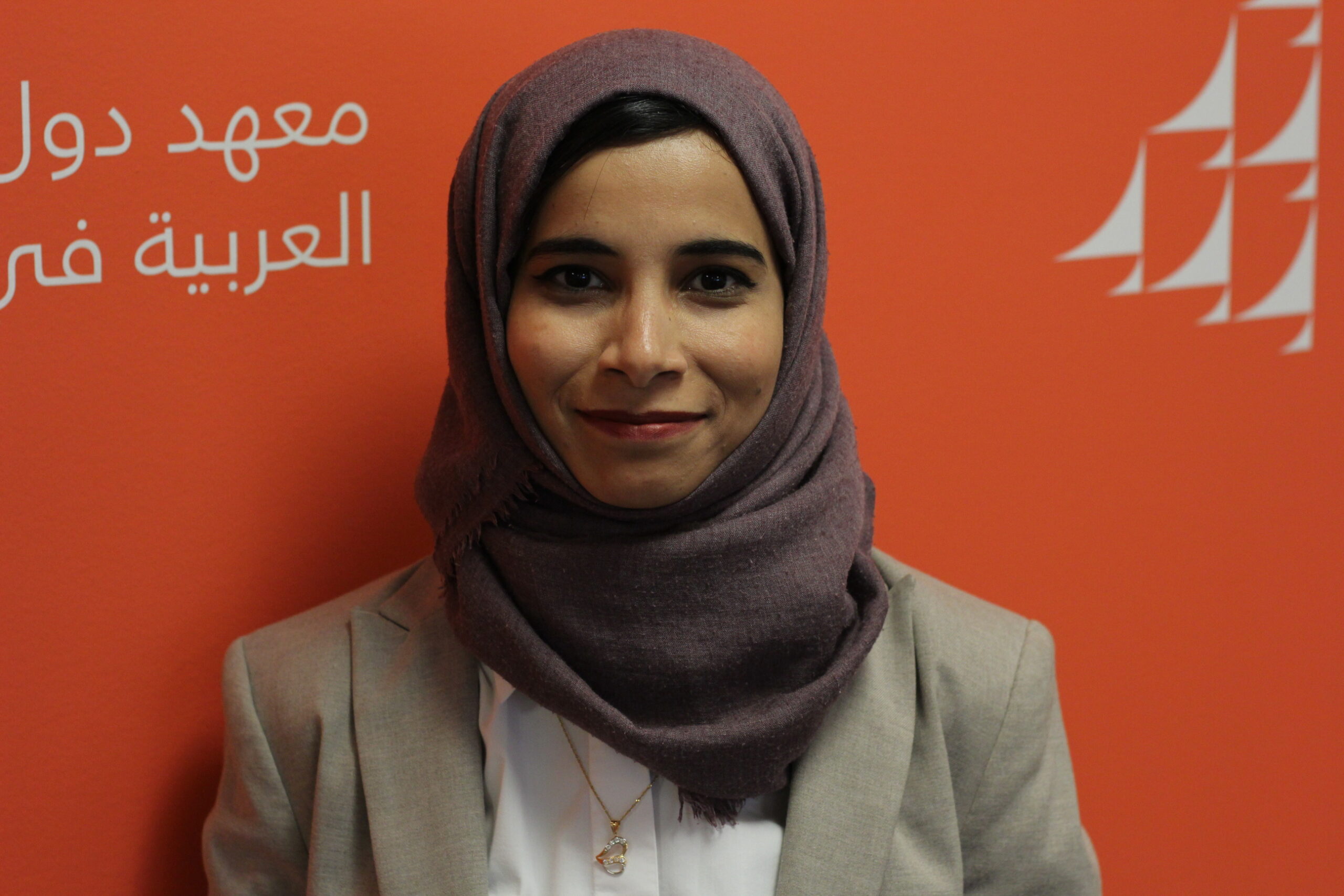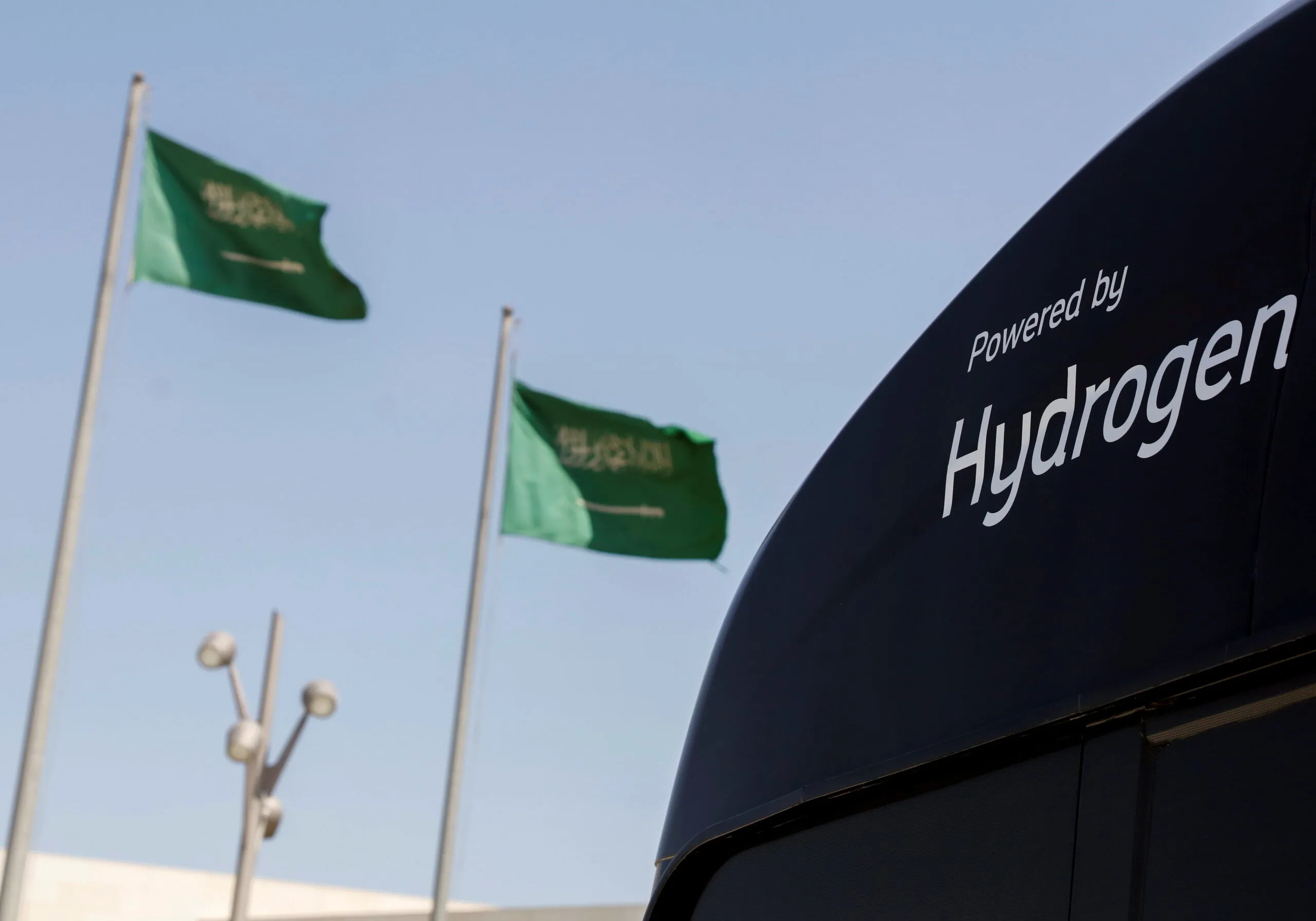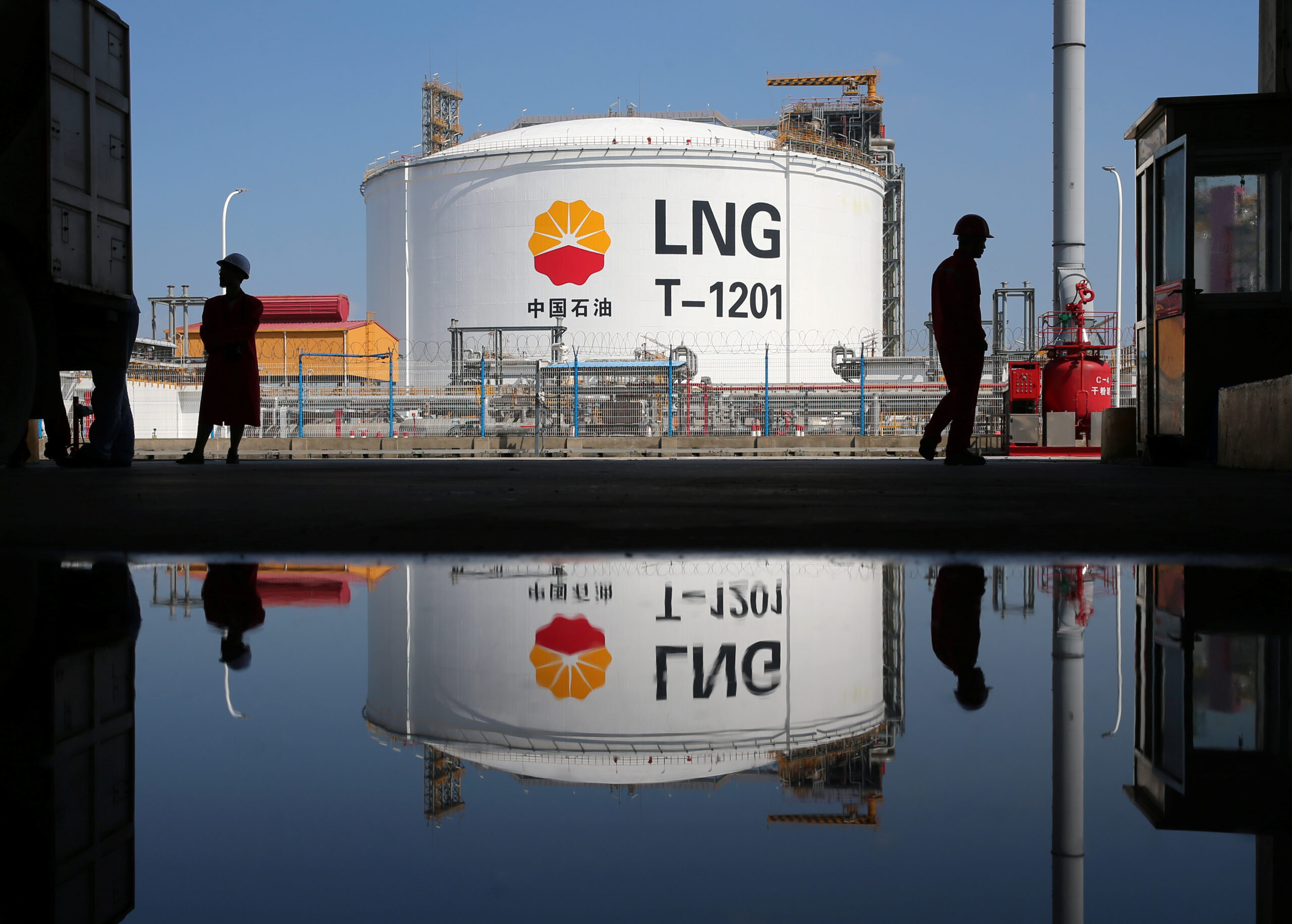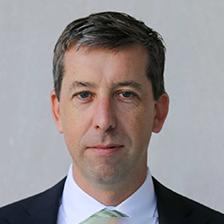Oil Producers Formalize Alliance and Prepare to Stare Down Shale Oil
OPEC appears to be stuck in a vicious cycle of cutting production only to see its share of the market filled by the United States and other, higher-cost producers that are not bound by the production restraints of the OPEC+ agreement.
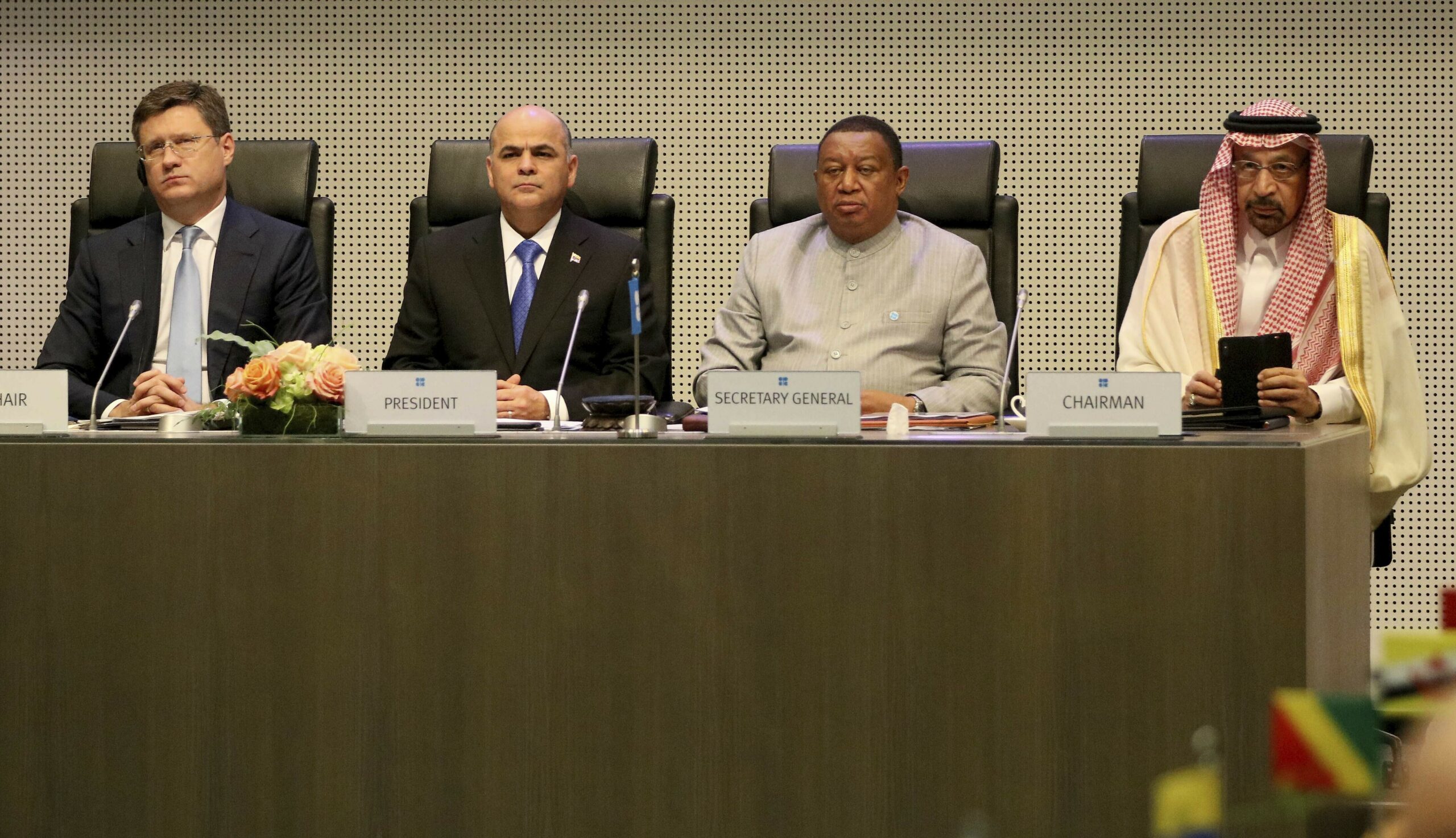
Confirming what had been widely expected prior to the meeting of OPEC and its alliance of non-OPEC oil producers, Saudi Arabia and Russia announced an agreement to extend the 1.2 million barrels per day (mb/d) supply cut into 2020 on the sidelines of the G-20 summit in Osaka, Japan. This was a few days before ministers from the 24 oil producing countries party to the Declaration of Cooperation, collectively known as OPEC+, arrived in Vienna for July 1-2 meetings.
The deal was struck between Saudi Crown Prince Mohammed bin Salman and Russian President Vladimir Putin, essentially making the OPEC+ meeting redundant. There were no surprises and oil prices barely budged after the Vienna meetings. The ministers merely gave their approval – some more reluctantly than others – to the accord struck between the de-facto leader of OPEC and the largest non-OPEC producer after the United States. But a lot happened in Vienna and what was said after the meetings is worth a closer look.
The Saudi crown prince and the Russian president have developed a working relationship that extends beyond oil, reversing decades of mistrust between the two oil giants who previously vied for market share and rarely coordinated energy policy. The oil price collapse of late 2014 and early 2015 and continued market weakness changed mindsets in both Riyadh and Moscow, resulting in the first collaborative accord between OPEC and a Russian-led group of non-OPEC producers in December 2016.
That spirit of cooperation has persisted despite doubts that have emerged from time to time as to Russia’s commitment to the deal. Putin has acknowledged publicly that Russia can tolerate a lower oil price than Saudi Arabia, where the economy is not so diversified. Mohammed bin Salman’s ambitious economic reform program has yet to wean the Saudi economy off oil, which still accounts for roughly 70 percent of export revenue and 50 percent of gross domestic product. What became clear in 2016 was that OPEC alone could no longer balance markets because it was losing market share to surging U.S. shale oil.
As the most influential member of OPEC, Saudi Arabia had been following a policy of defending market share rather than price in an effort to force shale oil producers out of business. It was a miscalculation. After dipping slightly, U.S. shale producers found ways to cut costs and adopt new drilling techniques to stay in business during the price downturn. The strategy to maintain production at a high level even as prices collapsed was championed by the former Saudi minister of energy, industry, and mineral resources, Ali al-Naimi. The aim was to slow growth in U.S. shale oil production, but it ended up hurting Russia and Iran, which was trying to recover from years of international sanctions and regain its market share. The smaller producers in OPEC were also feeling the pinch. Khalid al-Falih, who succeeded Naimi, abandoned the policy and steered OPEC in the opposite direction, in the process developing a productive relationship with Russian Energy Minister Alexander Novak. Falih and Novak have worked closely to construct the alliance between Saudi Arabia and Russia and, by extension, the OPEC and non-OPEC members of the Declaration of Cooperation, which was formalized in a charter agreed upon at the recent meeting.
At a press conference following the July 1 OPEC meeting, Falih sent a clear message to U.S. shale producers that OPEC would persist in its policy until shale oil peaks. “I have no doubt in my mind that U.S. shale will peak, plateau, and then decline like every other basin in history. And the question is when. And until it does, I think it’s prudent for those of us who have a lot at stake, and also for us who want to protect the global economy and provide visibility going forward, to keep adjusting to it.” What this makes clear is that Saudi Arabia is willing to play a waiting game even if it means the loss of market share in the short to medium term.
The market share policy that OPEC had pursued before 2016 was abandoned because it failed to produce the desired effect and, so far, the policy shift and the grand OPEC+ alliance has kept prices at or around $60 per barrel (/bbl). This is a level that Putin has said Russia is comfortable with and is certainly a boon for U.S. shale oil producers. However, a number of OPEC producers, including Saudi Arabia, need a higher price to balance their budgets. According to the International Monetary Fund, the kingdom needs a price of $80-85/bbl to break even.
Yet despite strong adherence by the majority of the OPEC+ producers to the output cuts, the near total disappearance of Iranian crude oil from markets due to strict U.S. sanctions, and sliding production from Venezuela, markets remain oversupplied and likely to remain so into early 2020 despite several renewals of the output cut agreement. Falih made clear that stock levels and not price will determine policy, mentioning that the ultimate metric that balances the two is inventories. He added that the intention was to bring inventories down to the 2010-14 average, when the surplus was much larger, rather than the 5-year average that has been the historic measure used by OPEC.
Saudi Arabia is producing far below its target of 10.31 mb/d by around 600,000 b/d and Falih suggested that the OPEC kingpin would continue to adjust production while ensuring that the demand of its customers is met. Russia, which has improved compliance, has made a much smaller contribution. Yet all this effort has so far failed to drain excess supply from markets. Falih said extending the supply cut agreement by nine months instead of six was a recognition that first quarter demand was likely to be soft and exiting the agreement in December “would have been unwise.”
The International Energy Agency’s July 12 Oil Market Report suggested that the widely anticipated OPEC+ decision to extend the production cut agreement through March 2020 “provides guidance but it does not change the fundamental outlook of an oversupplied market.” This, it noted, has pushed market rebalancing further into the future. “On our balances, assuming constant OPEC output at the current level of around 30 mbd, by the end of [the first quarter of 2020] stocks could increase by a net 136 mb. The call on OPEC crude in early 2020 could fall to only 28 mb/d,” according to the IEA. At this level, the demand for OPEC crude in the first quarter of 2020 would be the lowest since the third quarter of 2003, the report added. The IEA expects demand to pick up slightly from 1.2 mb/d in 2019 to 1.4 mb/d in 2020. But with OPEC keeping its production at current levels, non-OPEC supply, led by the United States, is expected to grow by 2.1 mb/d in 2020 from 2 mb/d in 2019 and will cover this additional demand.
OPEC appears to be stuck in a vicious cycle of cutting production only to see its share of the market filled by the United States and other, higher-cost producers that are not bound by the production restraints of the OPEC+ agreement.
Not all OPEC+ members are convinced that this new alliance is inclusive. Iranian Oil Minister Bijan Zanganeh, who has struggled to keep Iran relevant as its oil exports have dwindled and with that its influence within OPEC, bemoaned what he called the “unilateralism” that he said was the biggest threat to OPEC’s existence. “OPEC members should consult among themselves first on oil policy before striking deals with producers outside the bloc,” Zanganeh said in Vienna in reference to the apparent deal struck by Saudi Arabia and Russia ahead of the July meetings. Iran, he added, does not plan to leave OPEC “but I believe OPEC is going to die if these processes continue.” Before leaving Tehran for the meetings, Zanganeh was quoted as saying, “An organization where two members strive to challenge the interests of other members is doomed to dissolution and talks of OPEC-non-OPEC agreements would be meaningless.”
Iran was OPEC’s third largest producer before the United States imposed sanctions aiming to drive Iranian oil exports to zero. Iran’s exports sank to just over 500,000 b/d in June, according to the IEA’s estimate, from an average 2.6 mb/d for the year up to May 2018, when the U.S. pulled out of the nuclear agreement with Iran and imposed a series of sanctions, the latest of which has targeted the powerful Islamic Revolutionary Guard Corps.
Yet it is not the slump in Iranian oil exports, the loss of Venezuelan oil, or the OPEC+ agreement that has provided price direction. Benchmark Brent crude oil futures appear to have found a floor at $60/bbl. It is the geopolitical risk of escalation in the Gulf region, specifically the Strait of Hormuz, that has rattled markets and prevented a sell-off. Should this risk premium disappear, weak fundamentals would kick in and may push prices lower.
OPEC may have found that there’s safety in numbers and that its alliance with Russia and other producers outside the group is insurance against oversupply getting out of hand. But OPEC has now tried two inverse strategies and, so far, it appears that neither has produced immediate results. The question is whether OPEC and its non-OPEC allies will hold together long enough to achieve the market balance that has so far proved elusive. The 24 OPEC+ members account for 47 mb/d of production, roughly half of total global supply. This makes it a far more powerful force than OPEC on its own; but for the group to be effective, it needs to hold together long enough to attain the stated goal of staring down shale oil and fixing a dislocated market.
The views represented herein are the author's or speaker's own and do not necessarily reflect the views of AGSI, its staff, or its board of directors.
